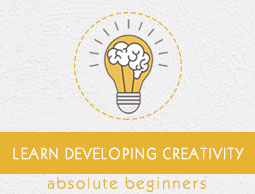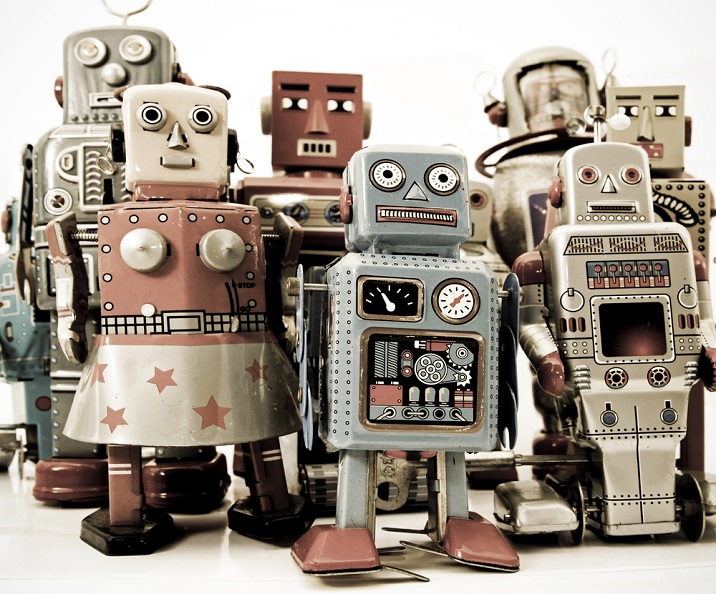
- Developing Creativity - Home
- Developing Creativity - Introduction
- Developing Creativity - Techniques
- Characteristics of Creative Thinkers
- Organizations Treasure Creativity
- Developing Creativity - Case Study
- Brainstorming
- Storyboarding
- Employee Creative Thinking
- Computer-Aided Creativity
- Software Visualization Tools
- Spatial Representation Tools
Computer-Aided Creativity
Computer-based supporting techniques to stimulate the human creative process have an immediate and pragmatic aim, which is the implementation of computational models (computer software) for enhancing and organizing ideas for creative work.
They are used more frequently in −
- Research planning
- Product design
- Knowledge acquisition
- Decision making
- Motivation, etc.
We can distinguish groups of computerized creativity techniques, such as AI models, Idea Processors systems and visualization and graphical systems.
Artificial Intelligence Models
From the time of the invention of computers or machines, humans have developed the power of computer systems in terms of their diverse working domains, increasing speed and reducing size with respect to time, so that their capability to perform various tasks grows exponentially.
Artificial Intelligence (AI) pursues the technology of creating computers or machines that are as intelligent as human beings. Artificial Intelligence is a way of making a computer or a computer-controlled robot think intelligently, like how intelligent humans think.

AI is implemented after understanding how the human brain thinks, learns, decides, and works while trying to solve a problem, and then uses these analysis to develop intelligent software and systems.
A few Artificial Intelligence based programs of creativity are mentioned below −
The Copycat Program that can search for analogies in alphabetic strings.
The EURISKO Program uses an exploratory process in a range of domains.
The AARON Program for exploring line drawings in various styles and coloring.
The BACON Program of exploratory creativity can model scientific discovery.
AI has been dominant in various fields such as strategic gaming. For example −
- Chess
- Poker
- Tic-tac-toe, etc.
In the above-mentioned games, machines can think of large number of possible positions based on heuristic knowledge.
The largest application of Artificial Intelligence has been in vision systems that understand, interpret and comprehend visual input on the computer. For example,
A spying airplane takes photographs, which are used to figure out spatial information or map of the areas.
Doctors use clinical expert system to diagnose the patient.
Where law and order is concerned, the police use computer software that can recognize the face of criminal with the stored portrait made by forensic artist.
Speech recognition robots have become so advanced nowadays that they can handle different accents, slang words, noise in the background, change in humans noise due to cold, etc.
We now have robots that can also use a handwriting recognition software to read the text written on paper by a pen, recognize the shape of the letters and convert it into text in a soft copy format.